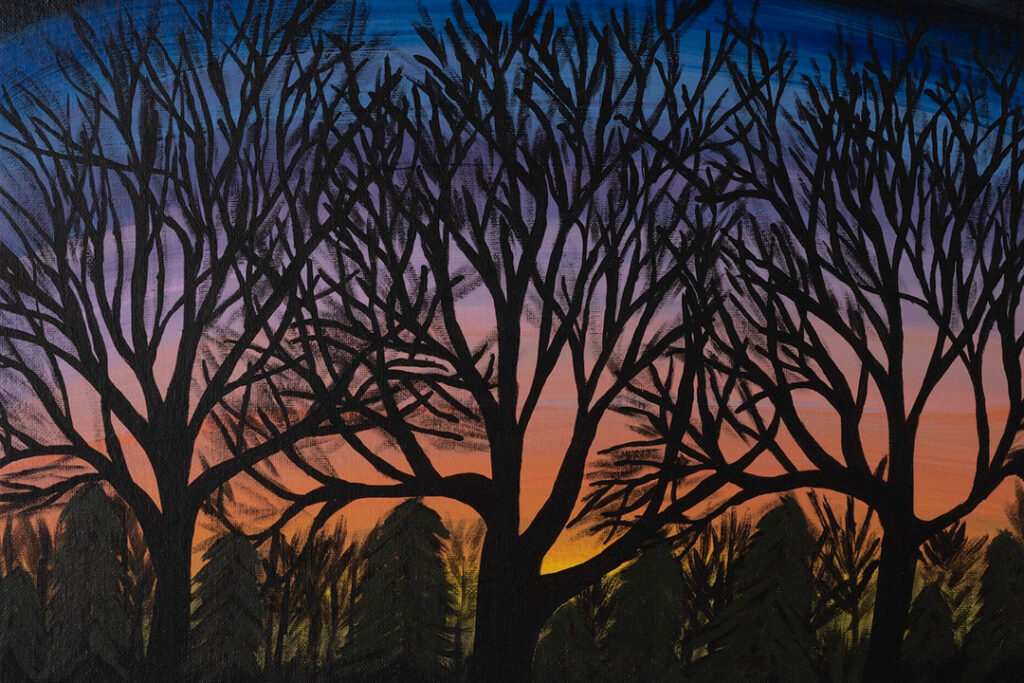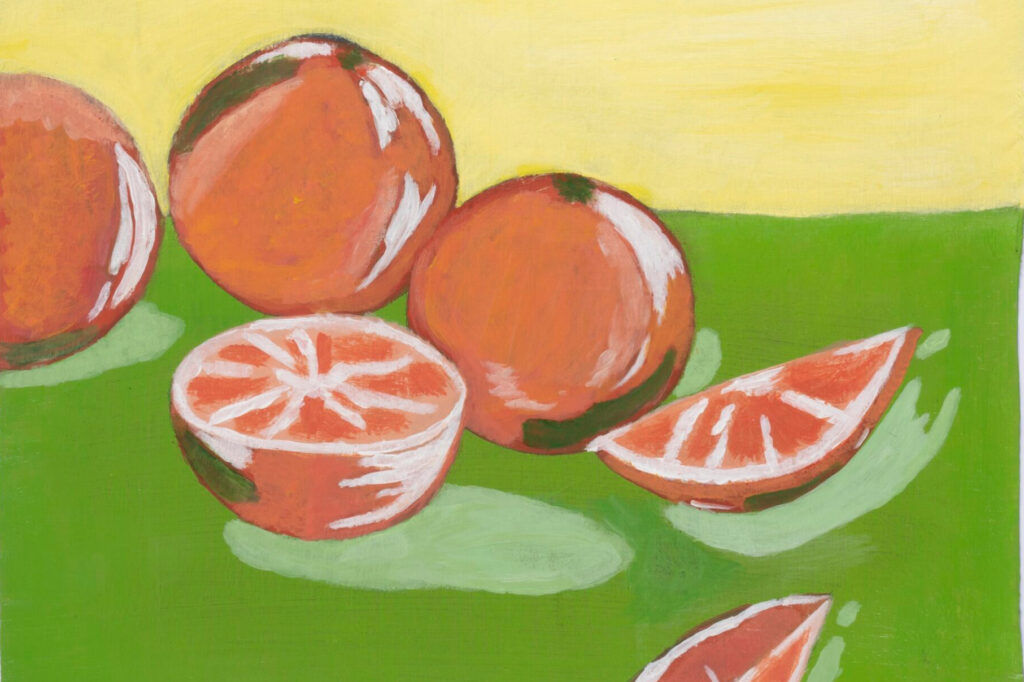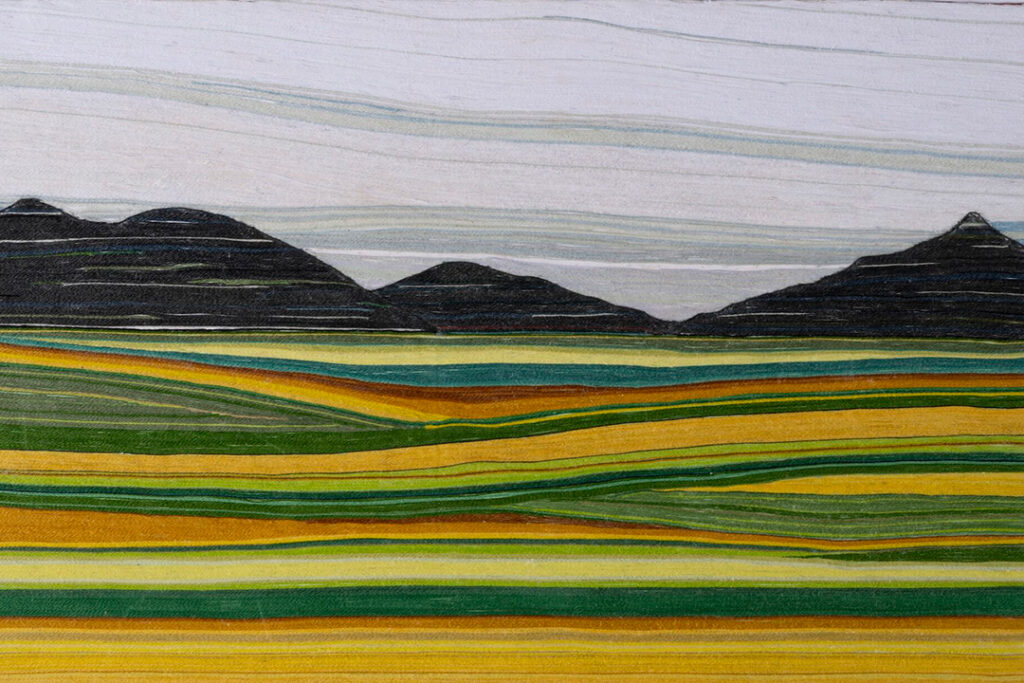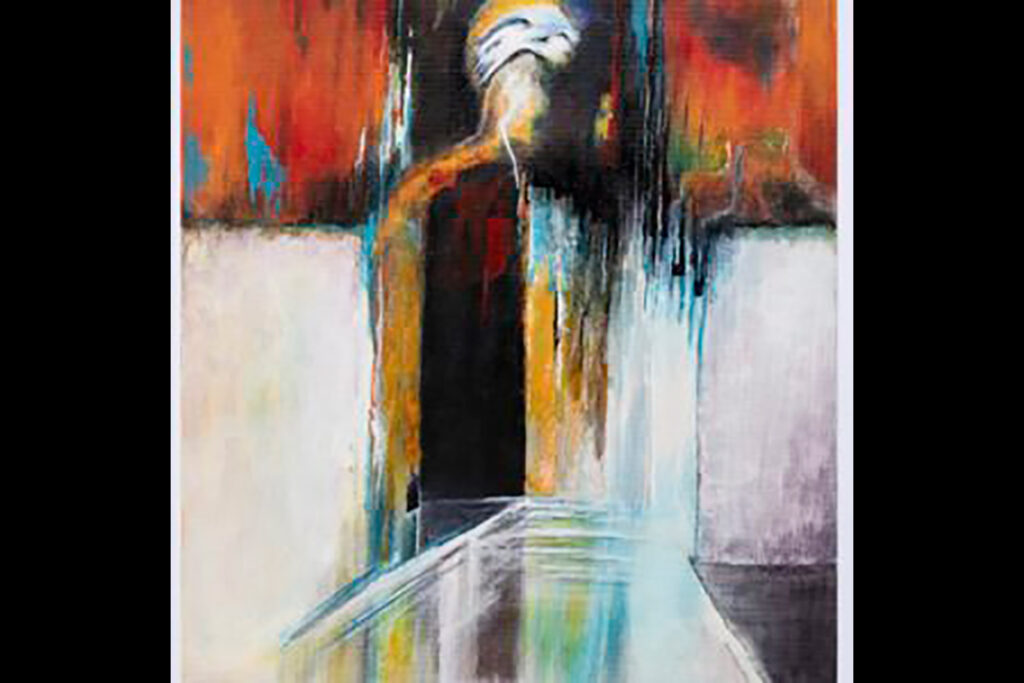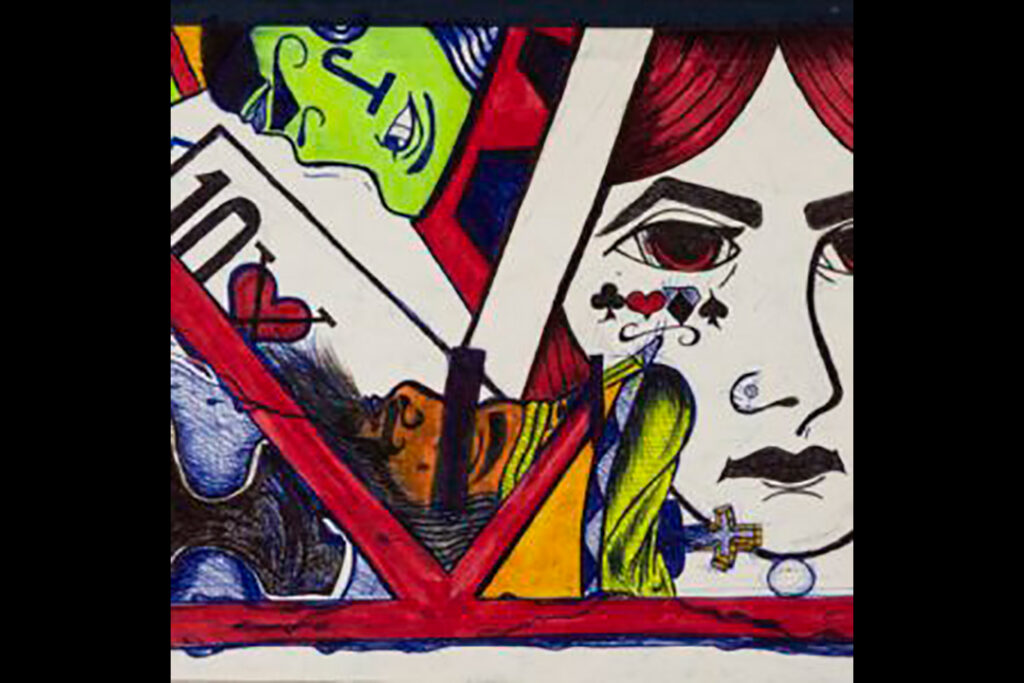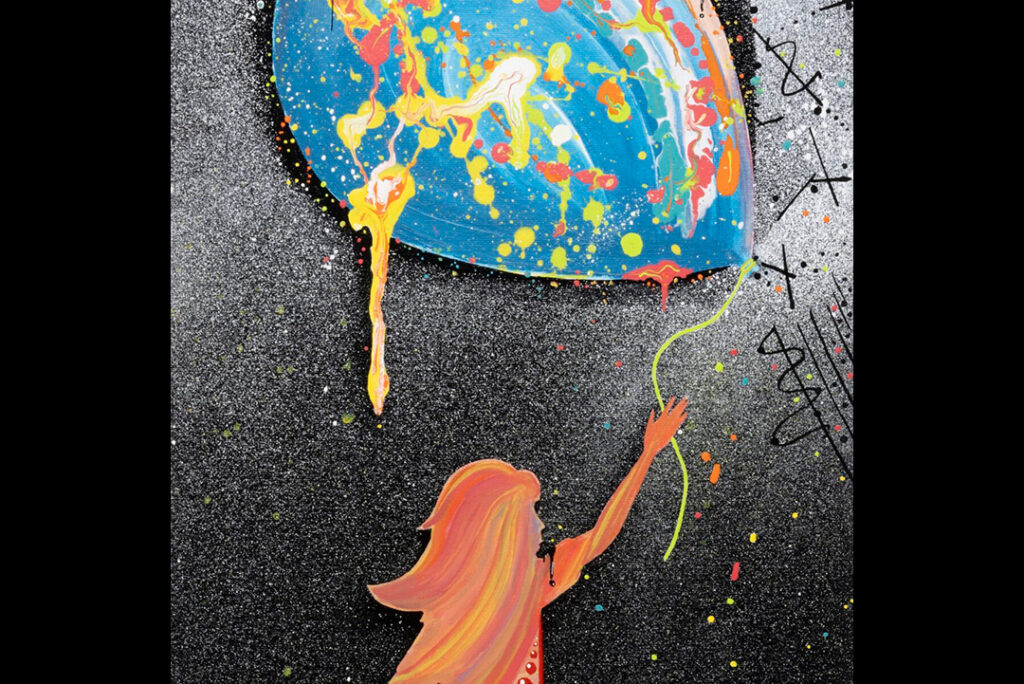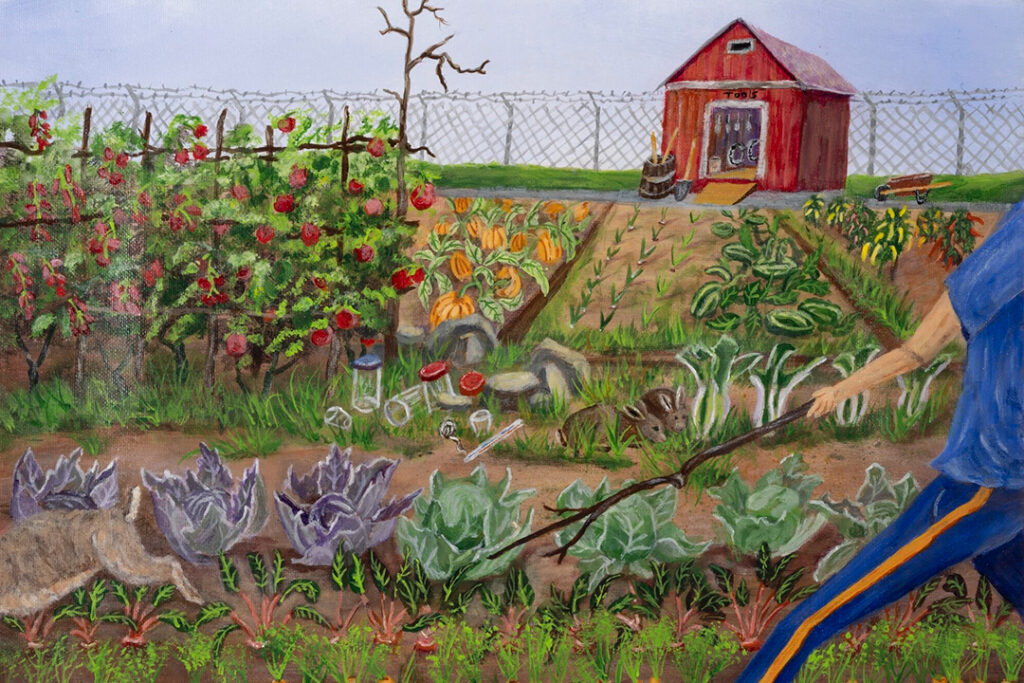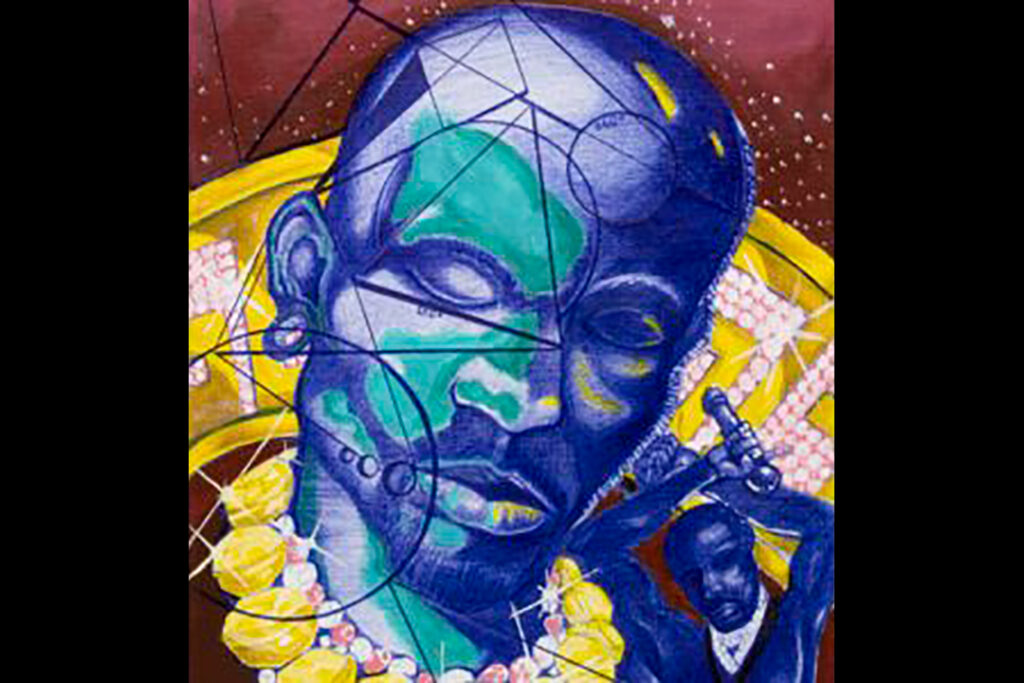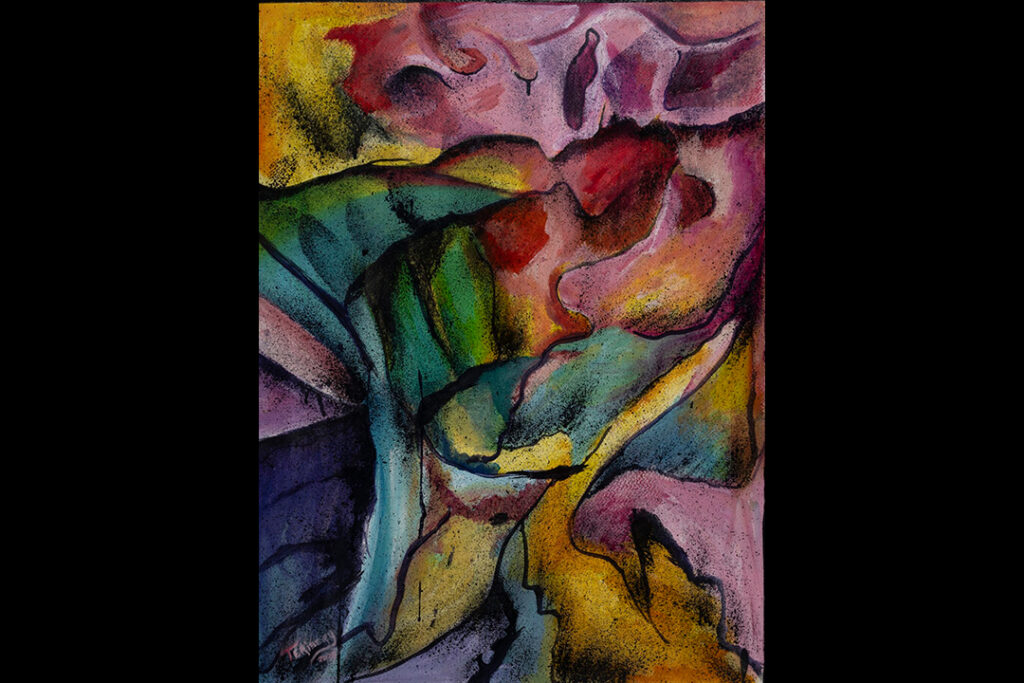The order that launched the Revolutionary War, 250 years later

The ‘shot heard ’round the world’ can be traced to one manuscript containing the orders for the Concord Expedition on April 18, 1775. The quill-to-paper draft orders, penned by British Army officer Thomas Gage, sparked the Battle at Lexington and Concord the following day. U-M’s Clements Library holds the document.
-
Light twists rigid structures in unexpected nanotech finding
In findings that took the experimenters three years to believe, U-M engineers and their collaborators have demonstrated that light itself can twist ribbons of nanoparticles. Matter readily bends and twists light. That’s the mechanism behind optical lenses and polarizing 3-D movie glasses. But the opposite effect—light bending matter—has rarely been observed.
-
Get up and go
Sea lilies can break off their own stalks and ‘crawl’ away from sea urchins that try to eat them. The remarkable survival strategy is an example of how an ‘arms race’ between predators and prey can guide the evolution of species.
-
U-M researchers solve a molecular mystery in muscle
The muscle-building abilities of hormones known as insulin-like growth factors (IGFs) are legendary. But key details about how IGFs work on muscle cells have been lacking. Now, researchers have cleared up a longstanding mystery about the workings of IGFs. The team’s findings could lead to new treatments for muscle-wasting diseases and new ways of preventing the muscle loss that accompanies aging.
-
U-M law clinic frees another innocent man
The Law School’s Innocence Clinic secures the freedom of a man falsely imprisoned for murder since 2001.
-
An archaeological mystery in a half-ton lead coffin
In the ruins of a city that was once Rome’s neighbor, archaeologists last summer found a 1,000-pound lead coffin. Who or what is inside is still a mystery, said U-M’s Nicola Terrenato, who leads the largest American dig in Italy in the past 50 years. “We’re very excited about this find. Romans as a rule were not buried in coffins to begin with and when they did use coffins, they were mostly wooden. There are only a handful of other examples from Italy of lead coffins from this age.”
-
Artist of the Chill and Canyon
Lawrence Kasdan, director of ‘The Big Chill,’ ‘Grand Canyon’ and other classics, recalls his U-M days.
Columns
-
President's Message
Reaffirming our focus on student access and opportunity
U-M seeks to ensure every student will rise, achieve, and fulfill their dreams. -
Editor's Blog
Peace out
It's a mad, mad, mad, mad world out there. -
Climate Blue
Keeping our focus on climate
As federal support for climate science wanes, Ricky Rood remains hopeful. -
Health Yourself
Are you an ‘ager’ or a ‘youther’?
Why do some people appear younger or older than people born in the same year?
Listen & Subscribe
-

MGo Blue podcasts
Explore the Michigan Athletics series "In the Trenches," "On the Block," and "Conqu'ring Heroes." -

Michigan Ross Podcasts
Check out the series "Business and Society," "Business Beyond Usual," "Working for the Weekend," and "Down to Business." -

Michigan Medicine Podcasts
Hear audio series, news, and stories about the future of health care.
In the news
- USA Today US consumer sentiment and expectations fall again in April as tariff uncertainty continues
- CNN Beyond Ivy League, RFK Jr.'s NIH slashed science funding across states that backed Trump
- Detroit Free Press Inflation is slowing. Wages are up. So why does life feel costly for many Michiganders?
Creativity and connection across prison walls
One of the world’s largest and longest-running exhibitions of incarcerated artists is back with new programming designed to foster connection and deepen public understanding of incarceration in Michigan. The 29th annual Exhibition of Artists in Michigan Prisons, curated by U-M’s Prison Creative Arts Project, showcases 772 artworks by 538 artists incarcerated in 26 state prisons. The Duderstadt Center Gallery on U-M’s North Campus is presenting the artwork through April 1.









